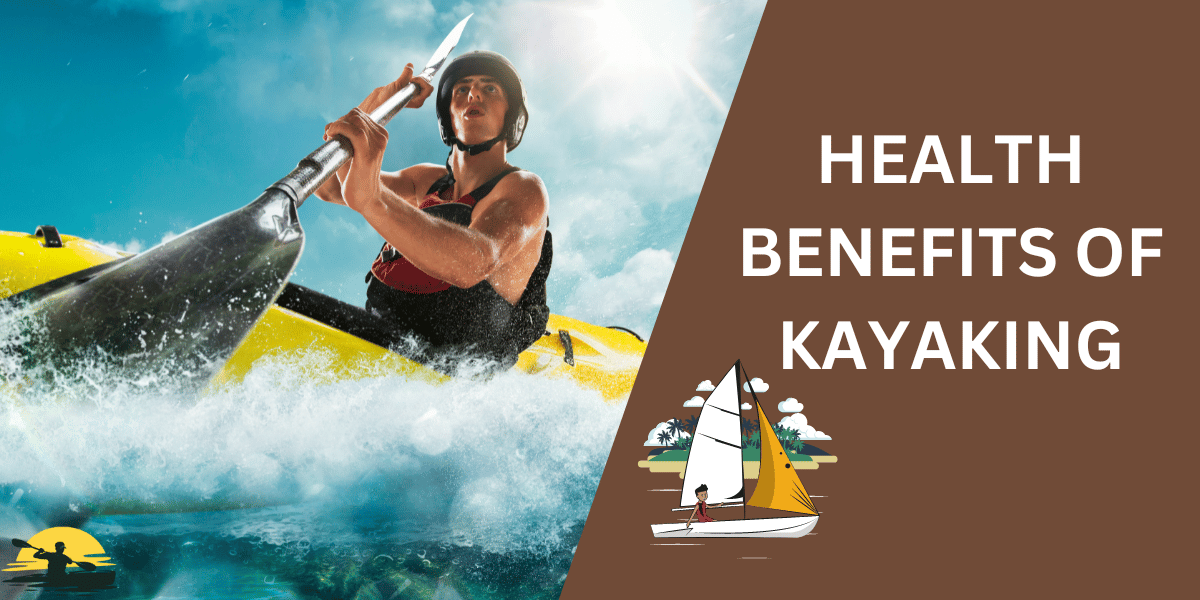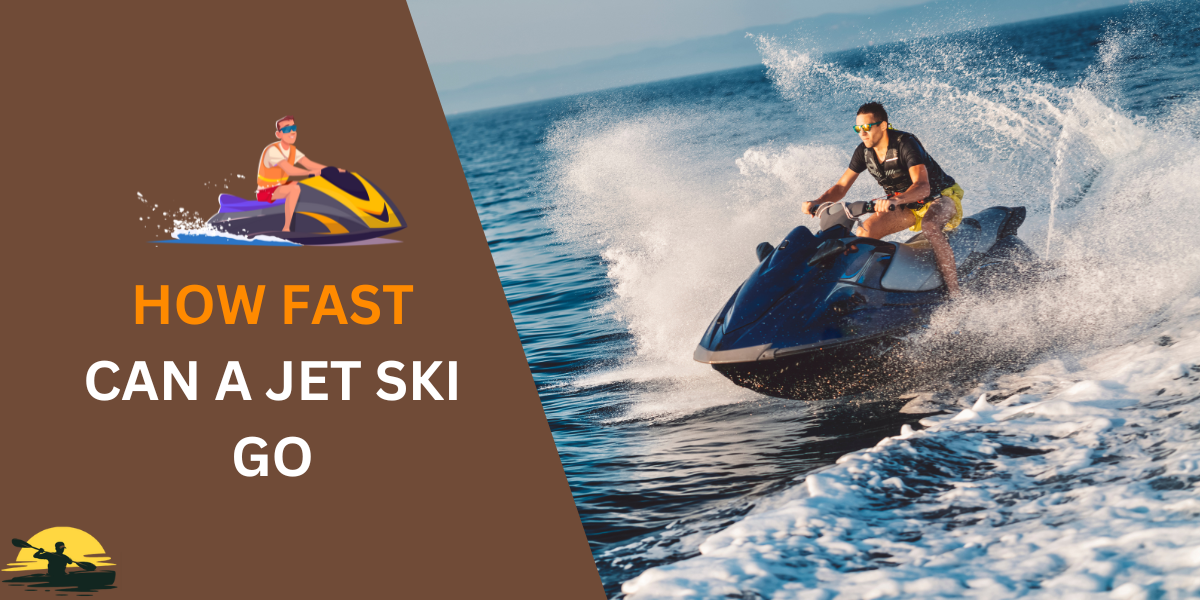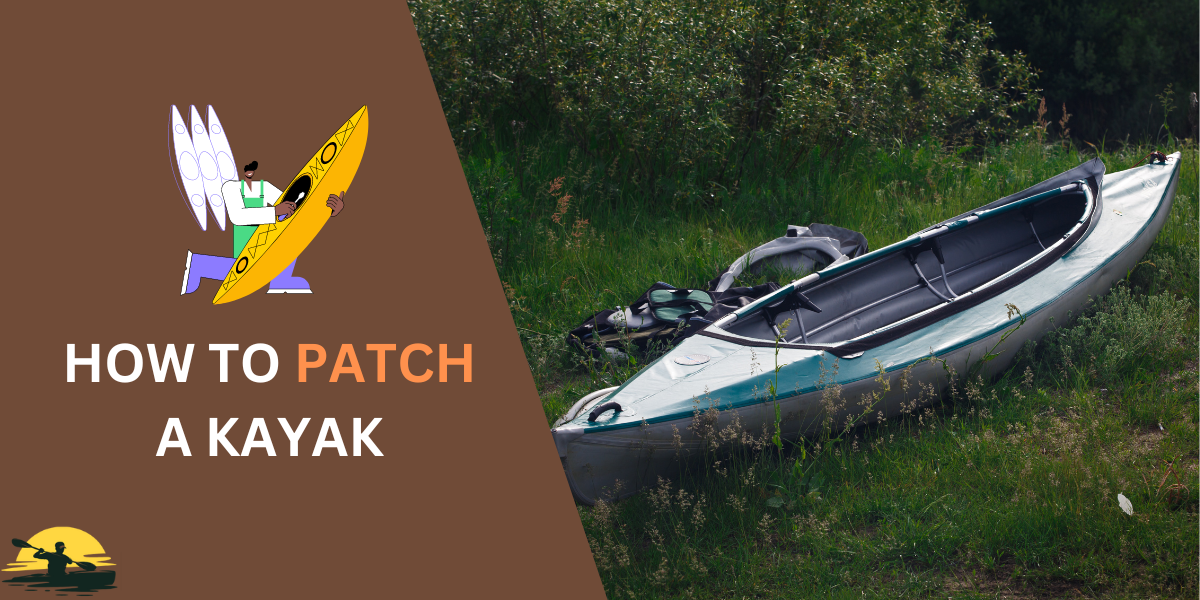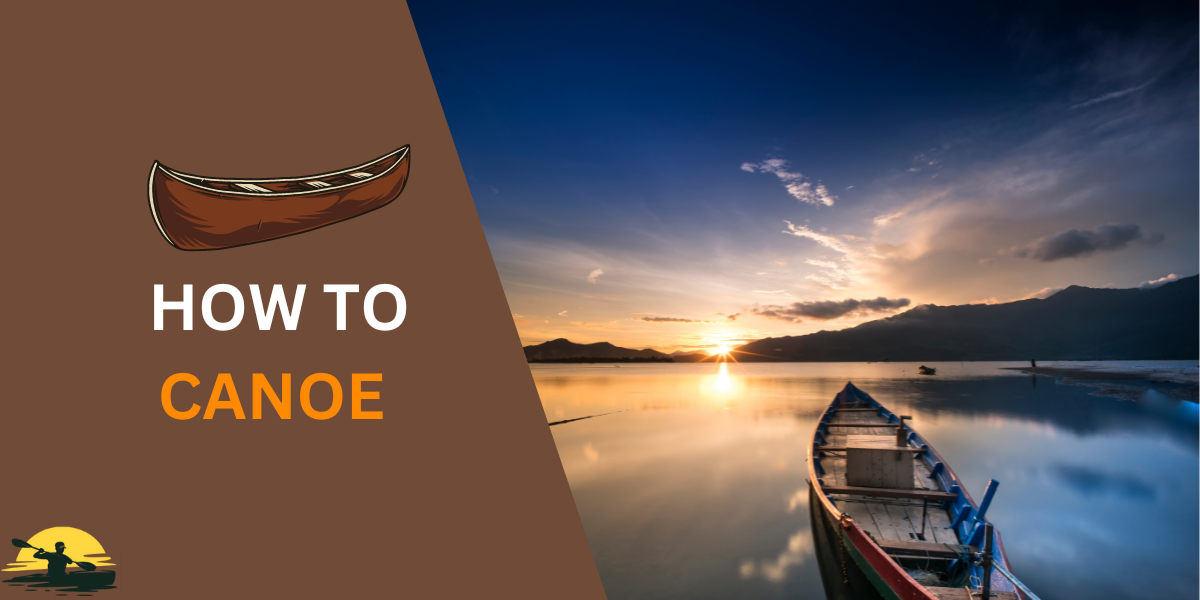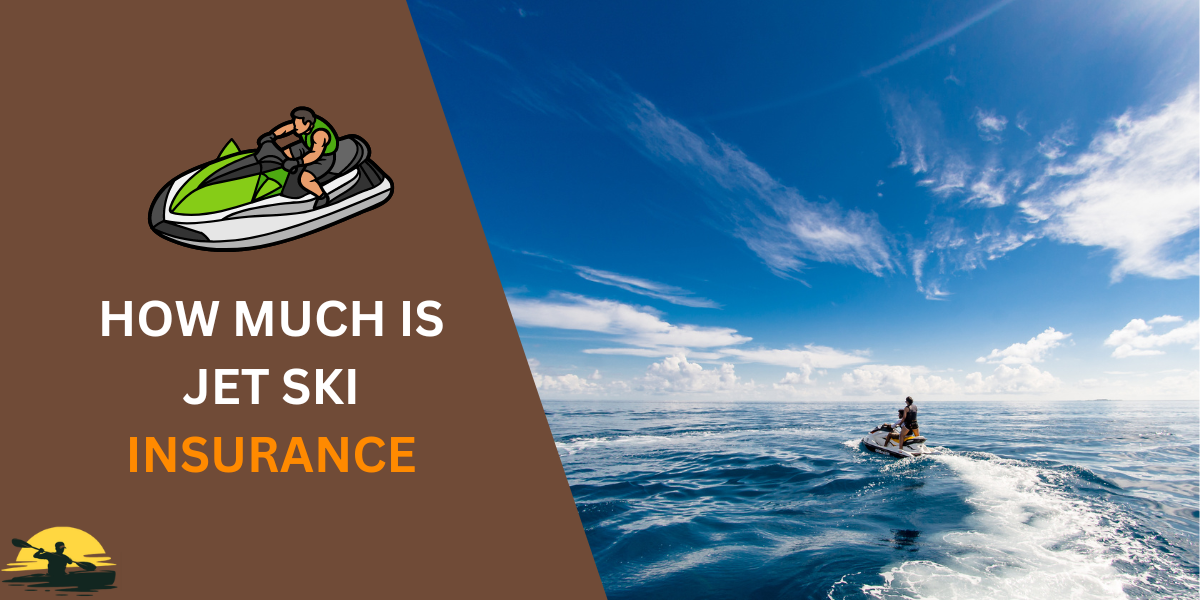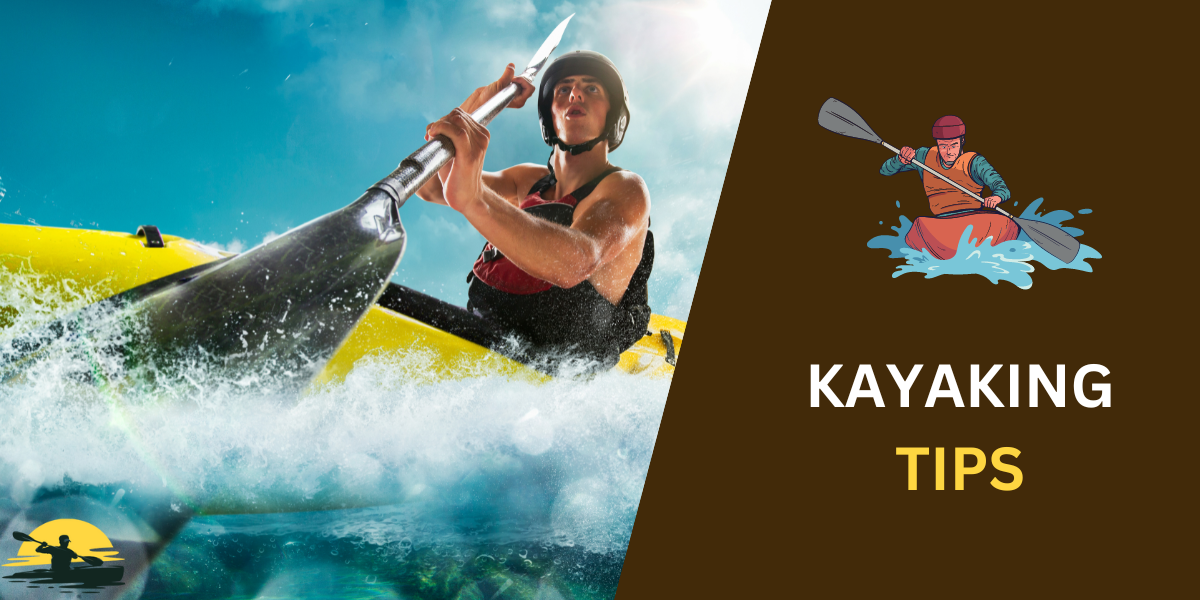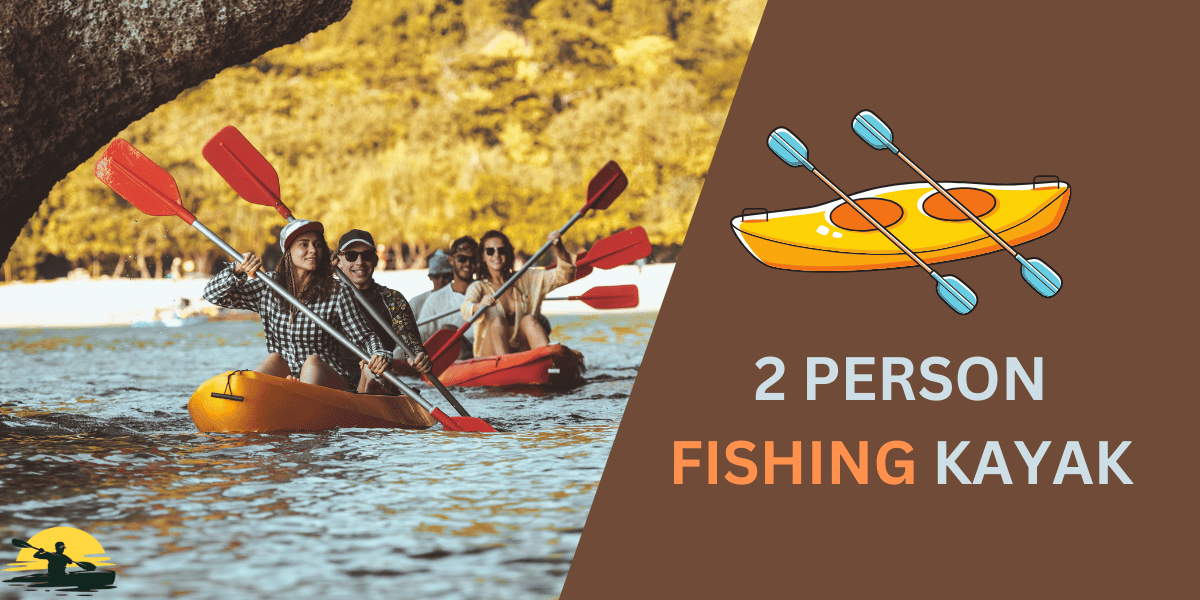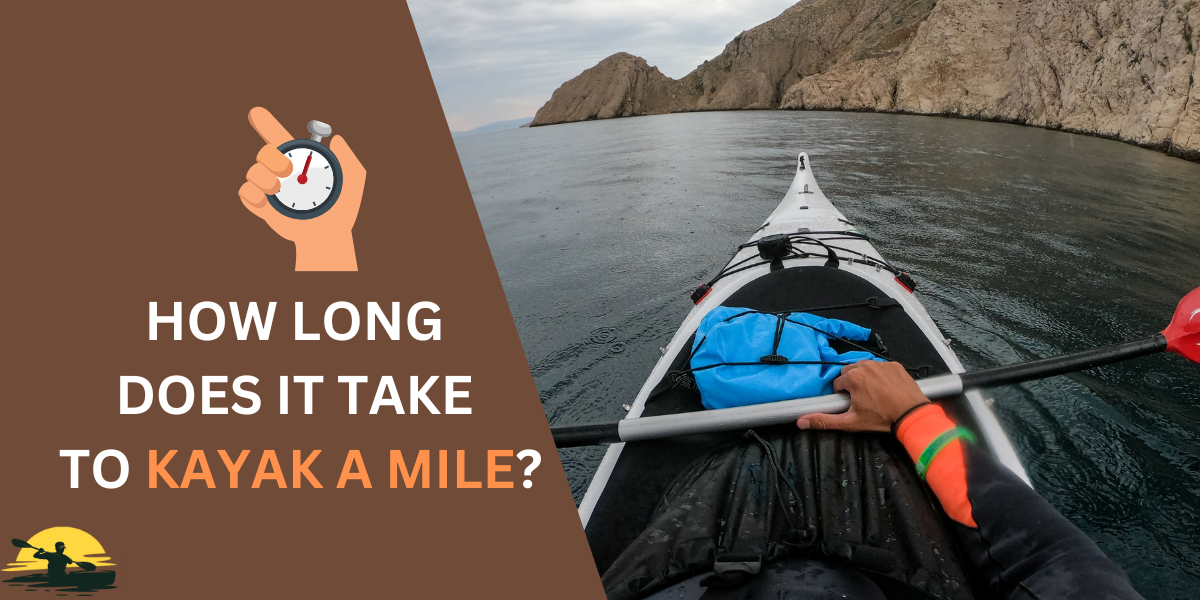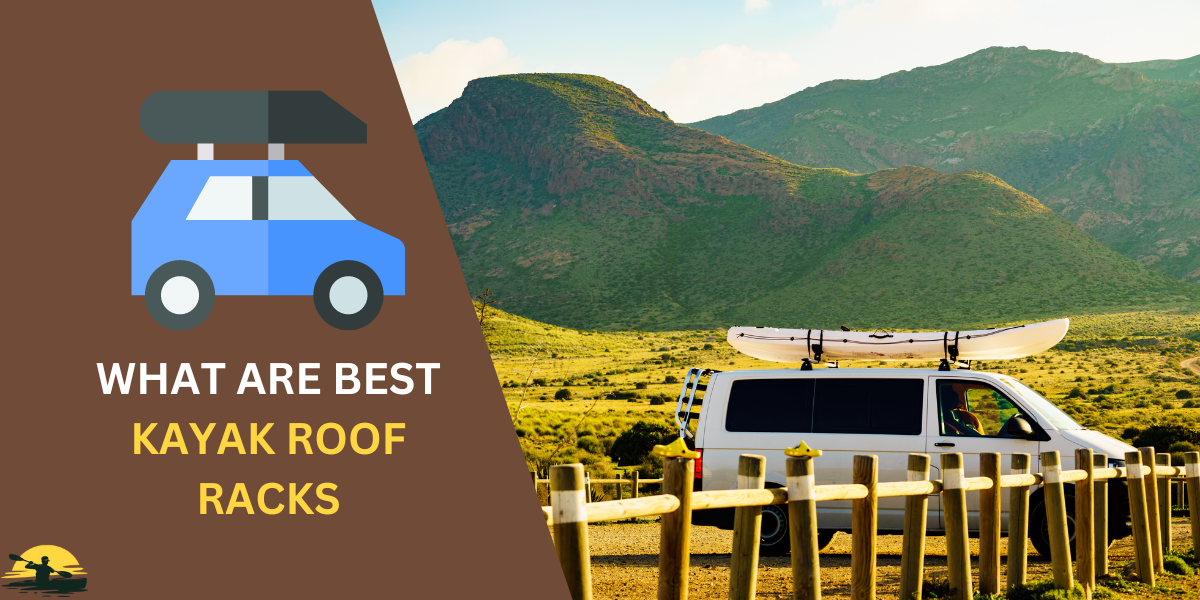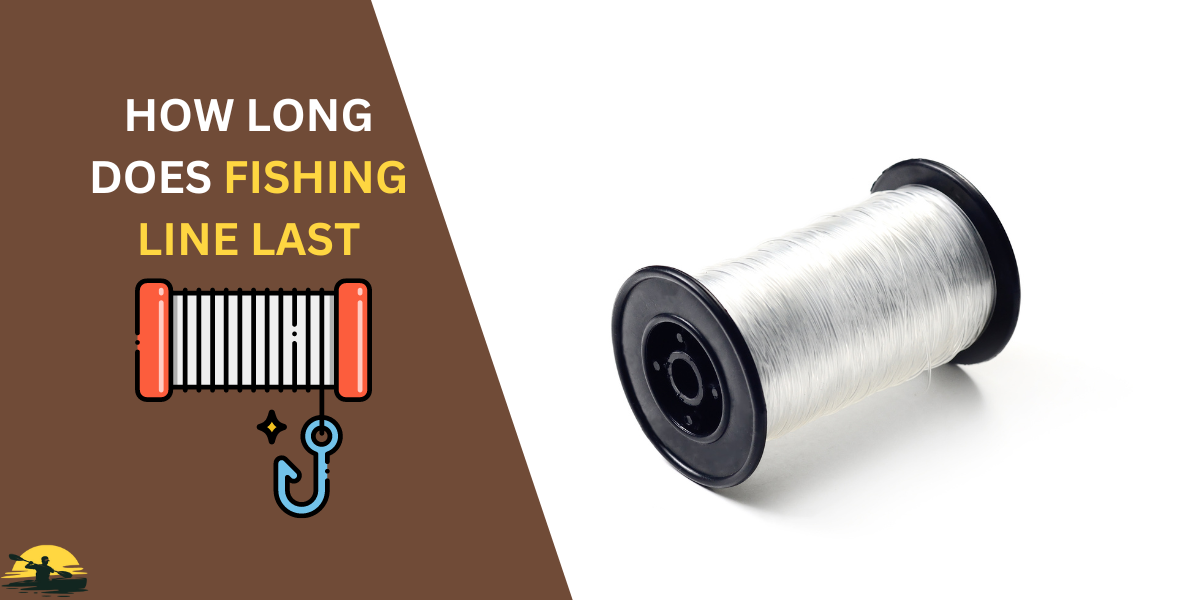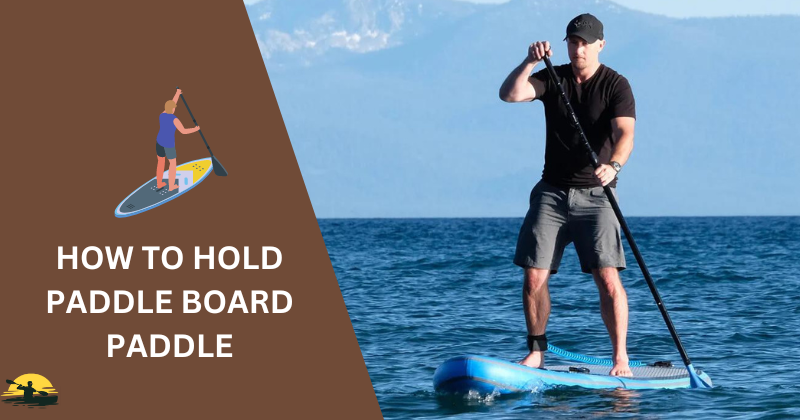
Ever feel like you’re stuck paddling in circles, or your arms get tired quickly?
It’s probably because you’re not holding your paddle board paddle correctly.
Many beginners grip the paddle like a baseball bat, making paddling harder than it needs to be.
This guide will teach you the secret to smooth, efficient strokes: mastering your paddle grip!
We’ll break down the paddle’s parts and show you the perfect hand placement for powerful forward strokes and even fancy maneuvers like the crossbow stroke.
How to Hold Your Paddle Board Paddle
- Blade Curve: Faces you, not the water.
- Top Hand: On the T-grip or top of the handle, nice and loose.
- Bottom Hand: Lower down, shoulder-width apart, even looser grip.
- Arms: Slightly bent, straight line from top hand to your feet.
- Posture: Stand tall, use your core, not just your arms.
- Windy? Move hands closer together on the shaft.
- Turning? Switch your hand positions.
- Need more power? Spread your hands apart and dig deeper.
Paddle Anatomy and Orientation
Let’s get to know your paddle. It might look simple, but each part has a special job:

- Blade: This is the big, flat part at the end that looks a bit like a shovel. It does most of the work, pushing the water and moving your board forward.
- Shaft: The long, skinny part you hold. Think of it as the handle of your shovel. It comes in different materials like aluminum or carbon fiber.
- Handle (or Grip): This is where you put your hands. Some have a T-shape, while others are just a simple knob. Some are even adjustable so that you can change the paddle’s length.
Here are some things to keep in mind:

- Paddle Length: Everyone has a slightly different paddle length which is right for them. A good starting point is to hold your paddle upright next to you. The handle should reach about to your wrist when your arm is straight up.
- Blade Angle: Believe it or not, your paddle blade isn’t perfectly straight. It has a slight angle so that when you paddle, the entire blade enters the water at once.
- Which Way Is Front? Look for the curve or scoop on the paddle blade. That curved side should always face you when you paddle.
Understanding these basics is like learning the parts of your bike before you start riding. It’s a small step, but it makes a big difference in how you paddle!
Hand Placement on the Paddle
Now that you know your paddle, let’s get a grip—literally! This is where most newbies get it wrong, so pay close attention.

Top Hand:
- T-Bar Grip: If your paddle has a T-shaped handle, this is easy. Grab it like you’re shaking someone’s hand, thumb wrapped around the top.
- No T-Bar? No problem! Hold the very top of the shaft with your thumb wrapped around and fingers loosely gripping the sides.
- Important: Don’t grip too tightly. A light grip is key for smooth strokes.
Bottom Hand:
- Where to Place It: Slide your other hand down the shaft so your hands are about shoulder-width apart.
- How to Grip: Keep your fingers wrapped around the shaft, but your Grip should be even lighter here.
Few Tips:

- Elbows: Bend your elbows slightly, like you’re holding a tray of food.
- Arms: You should be able to draw a straight line from your top hand, through your elbow, and down to your feet.
- Posture: Stand straight and tall, like you’re balancing a book on your head.
Now that you’ve got the Grip down, here’s a quick look at how you’ll use it for the essential SUP strokes:
- Forward Stroke: Arrive forward with your top hand and pull back with your bottom hand. This is your main engine for moving forward.
- Reverse Stroke: Switch the motion! Pull back with your top hand and push forward with your bottom hand to slow down or go backward.
- Sweep Stroke: To turn, reach out to the side with your paddle and make a big sweeping motion.
- Draw Stroke: This one’s for pulling yourself towards your paddle. It’s helpful for getting back on your board or getting closer to a dock.
Practice makes perfect, so don’t worry if it feels awkward at first. The more you paddle, the more natural it will become.
Basic Paddle Stroke Technique
Alright, let’s turn that good Grip into a great stroke! Remember, paddle boarding is all about using your core muscles, not just your arms.

The Reach and Catch:
- Stretch: With your arms straight, reach as far forward as you can, keeping your paddle close to the water.
- Dip: The moment your paddle hits the water, imagine you’re spearing a fish. Plunge the entire blade into the water. This is called the “catch”.
- Rotate: Now, it’s time to engage your core! As you start pulling back, rotate your torso slightly towards the paddle. It’s like twisting to open a jar but with your whole body.
The Power Phase:
- Pull Back: Now, the paddle’s in the water, and you’re rotated towards it. Pull the paddle back alongside your board, keeping it as vertical as possible. Use your big back muscles and your core to do the work, not just your arms.
- Exit: As the paddle nears your feet, slice it out of the water. You’ll naturally start rotating back to your starting position.
The Recovery:

- Lift and Feather: As you bring the paddle forward for your next stroke, turn the blade so it’s almost parallel to the water. This is called “feathering,” and it helps the wind slip right past your paddle.
- Repeat: Reach forward, dip the blade in, rotate, pull back, and feather. Keep that rhythm going, and you’ll be gliding across the water in no time.
Things to Watch Out For:
- Don’t Overreach: It’s tempting to reach as far forward as possible, but this can make you lose your balance. Just go until your arms are straight.
- Keep It Vertical: The paddle blade should be almost straight up and down during your stroke. If it’s angled too far forward or back, you won’t get as much power.
Pro Tip: If you find yourself switching hands a lot, you might be paddling on the wrong side of your board. If you’re right-handed, your left hand should be on top, and your right hand should be on the bottom. This will naturally put your paddle on the right side of your board.
Adjusting Your Grip for Different Conditions
Think of your paddle grip as a Swiss Army knife – it’s adaptable! You can tweak it for different situations to get the most out of your paddling.

Windy Days:
- Choke Up: Move your hands closer together on the paddle shaft. This gives you more control and keeps the wind from pushing your paddle around.
- Shorter Strokes: Take quicker, less powerful strokes. It’s like taking smaller steps in a strong wind to keep your balance.
Turning:
- Switch Hands: This might sound weird, but it works! To make a quick turn, switch your top and bottom hands. Now, your paddle’s on the opposite side of your board, ready for a powerful sweep stroke.
- The Sweep Stroke: Reach out to the side with your paddle and make a big arc, like you’re sweeping the floor. This will swing your board around in an instant.
Going Faster:

- Power Up: Instead of choking up, spread your hands further apart on the shaft. This gives you more leverage for bigger, more powerful strokes.
- Dig Deeper: Plunge your paddle blade deeper into the water for each stroke. Imagine you’re trying to reach the bottom of the lake.
- Rotate More: Remember that twisting motion we talked about? Do it even more! Really engage your core to get every bit of power out of your stroke.
One More Trick: If you have an adjustable paddle, you can play with the length to find what works best for you. A slightly shorter paddle is easier to control, while a longer paddle can give you more power.
Remember, the best way to figure out what works is to experiment. Try different grips and paddle lengths, and see what feels most comfortable and effective for you. Happy paddling!
Paddle Grip Drills and Exercises
Ready to level up your paddling game? Like any sport, practice makes perfect. Here are a few drills that will help you feel more comfortable and confident with your paddle stroke.

Dry Land Drills:
- Shadow Paddling: No board needed! Stand with your feet shoulder-width apart & pretend you’re paddling. Practice reaching forward, dipping the blade, and pulling back, focusing on rotating your torso with each stroke. Imagine how the water would feel against the paddle blade as you slice it through.
- Wall Lean: Stand facing a wall, arms extended, and place your hands on the wall like you’re holding your paddle. Lean forward, keep your body straight, and practice rotating your torso as if you’re paddling. Feel how your muscles engage, just like when you’re on your stand-up paddle board.
Water Drills:
- Single Strokes: Paddle forward for a few strokes, then switch sides. Focus on keeping your blade vertical and using your core muscles. This helps you understand how the angle of the paddle blade affects your movement.
- Reach and Catch: This drill is all about perfecting the first part of your stroke. Paddle forward, focusing on reaching as far forward as you can and getting a full “catch” with your paddle blade. This is where you set yourself up for a powerful stroke.
- One-Arm Paddling: Paddle with just one hand at a time. This will help you build strength & coordination, making it easier to control your sup paddle.
- Paddle Board Yoga: Yes, really! Certain yoga poses on your paddle board will strengthen your core & back muscles, which are essential for paddling. Plus, it’s a fun way to switch up your routine!
Extra Tips:

- Don’t Be Afraid to Ask: If you’re taking a paddle board lesson, ask your instructor for feedback on your Grip and stroke. They can give you pointers to help you improve. After all, they’re the experts on how to hold a paddle board paddle!
- Watch Videos: There are tons of great paddle-boarding videos online. Watch how experienced paddlers hold their sup paddles and move their bodies. You can pick up lots of tips by watching others.
- Have Fun! Paddling is supposed to be enjoyable. Don’t stress too much about getting everything perfect right away. Just relax, have fun, and keep practicing.
Remember, the more you paddle, the better you’ll get. So get out there, experiment with different drills and techniques, and find what works best for you. Happy paddling!
Choosing the Right Paddle
Absolutely! Here’s the revised Section 6 with your exact keywords seamlessly integrated:
Alright, you’ve mastered the Grip and the stroke, but have you given much thought to your sup paddle itself? Choosing the right one can be a real game-changer for your paddle-boarding experience!
Paddle Length:

This is super important. Imagine trying to use a broom handle to shovel snow – not very efficient, right? The same goes for paddle boards.
- The Rule of Thumb: Stand up straight and raise your arm above your head. A good starting point for paddle length is to add about 8-10 inches to your height.
- Why It Matters: A paddle that’s too short will make you hunch over and work harder, while one that’s too long can be awkward to control. You’ll find that with the right length paddle, each paddle stroke feels smooth and effortless.
Adjustable vs. Fixed Length:
- Adjustable Length Paddles: These have a special mechanism (sometimes a lever, sometimes a dual lock pin) that lets you change the length. They’re great if multiple people will be using the paddle or if you want to experiment with different lengths for different paddle strokes.
- Fixed Length Paddles: These are just one size. They tend to be lighter and a bit cheaper, but you’re stuck with that length.
Paddle Materials:
Paddles come in all sorts of materials, each with its pros and cons:
- Plastic: The cheapest option, but they’re heavy and not very durable. Best for occasional paddlers on a tight budget.
- Aluminum: A step up from plastic – they’re more durable and still affordable. They can be a bit heavy, though.
- Fiberglass: These are lighter than aluminum and flex a little, which some paddle boarders prefer. They’re also a bit more expensive.
- Carbon Fiber: The lightest and strongest option, but it comes with a hefty price tag. These are usually for serious paddle boarders who want the best performance and the lightest paddle possible.
The Bottom Line:
- Beginners: Start with a basic aluminum or fiberglass paddle. You can always upgrade later if you get hooked on paddle boarding. Focus on getting comfortable with your strokes and the feel of how the paddle blade moves through the water.
- Casual Paddlers: An adjustable-length paddle might be a good choice if you want the flexibility to change things up. It’s also a good idea to share your board with friends or family who might have different paddle length needs.
- Serious Paddlers: Consider investing in a carbon fiber paddle for the best performance and lightest weight. This is a good option if you’re into racing or long-distance paddling, where every ounce counts.
Don’t underestimate the impact of a good paddle. It’s like having the right shoes for a hike – it could make all the difference in your comfort and enjoyment!
Conclusion
Alright, let’s recap! We’ve covered a lot of ground, from the parts of your paddle board paddle to the perfect hand position and adjustments for different conditions.

Remember:
- The curved side of the blade faces forward.
- Hold the paddle lightly, not like a baseball bat.
- Keep your arms straight, & use your core muscles to paddle.
Practice makes perfect, and don’t be discouraged if it feels awkward at first. The more you paddle, the more natural it will become. Experiment with different paddle lengths and materials to find what works best for you. And when you’re ready, explore advanced strokes like paddling backward or even the crossbow stroke!
So, get out there, have fun, and remember – the key to a great paddle-boarding adventure is a solid understanding of how to hold that paddle. Happy paddling!
Frequently Asked Questions
How do I know if I’m holding my paddle board paddle correctly?
There are a few key things to check. First, make sure the curved part of the paddle blade (the power face) is facing you. Second, your hands should be about shoulder-width apart on the shaft. Finally, your top hand should be on the paddle handle (or T-grip), and your bottom hand should be lower on the shaft. If you have these three things right, you’re well on your way to paddling like a pro!
What’s the difference between holding the paddle with my left hand or right hand on top?
This depends on which side of the board you’re paddling from. If you’re paddling on the right side, your left hand should be on the top grip, and vice versa. This might seem a bit counterintuitive, but it makes a huge difference in your stroke efficiency.
How should I hold my paddle when paddling backwards?
This is super easy! Just switch your hand positions. The hand that was on top now goes to the bottom, and the bottom hand moves to the top. It’s like putting your car in reverse – same motion, opposite direction!
How do I adjust my grip for more power?
There are two main ways. First, spread your hands further apart on the paddle shaft for a wider grip. Second, make sure you’re engaging your entire body in your stroke, not just your arms. Use your core muscles to generate power and rotate your torso with each stroke.
What’s the deal with the cross bow stroke?
The cross bow stroke is an advanced stroke used to move your board sideways. To do it, reach across your body with the paddle, keeping the blade angled forward. Then, pull the paddle towards you, using your core muscles. This will move your board in the opposite direction of your stroke.


